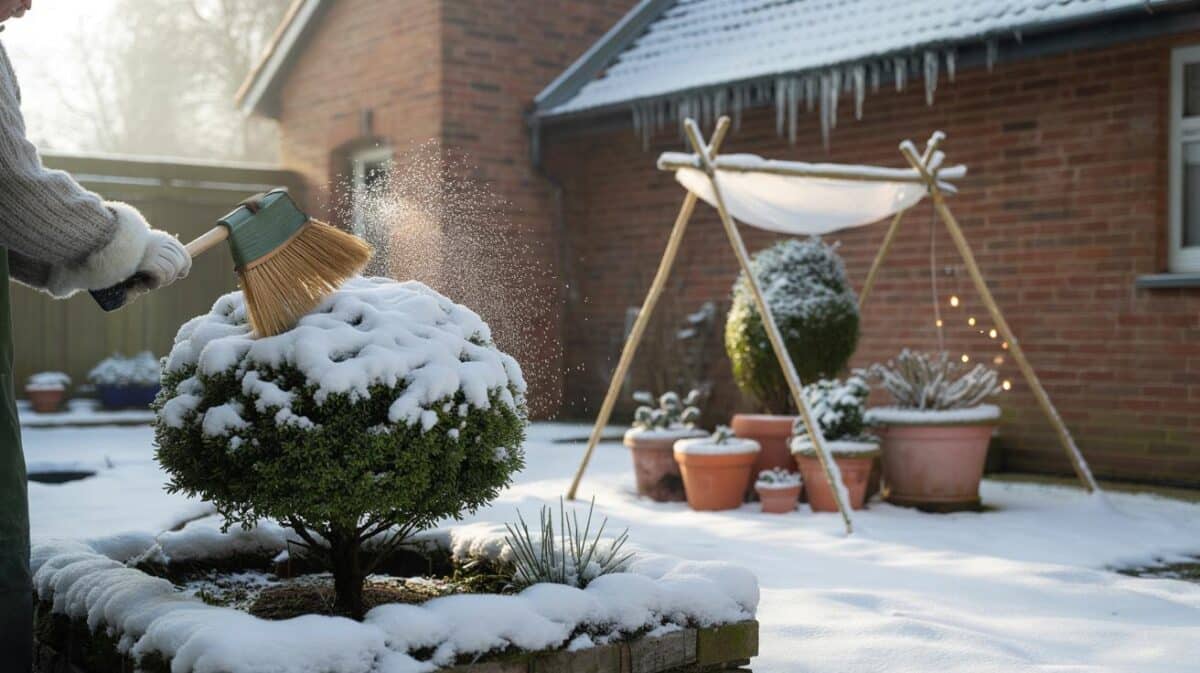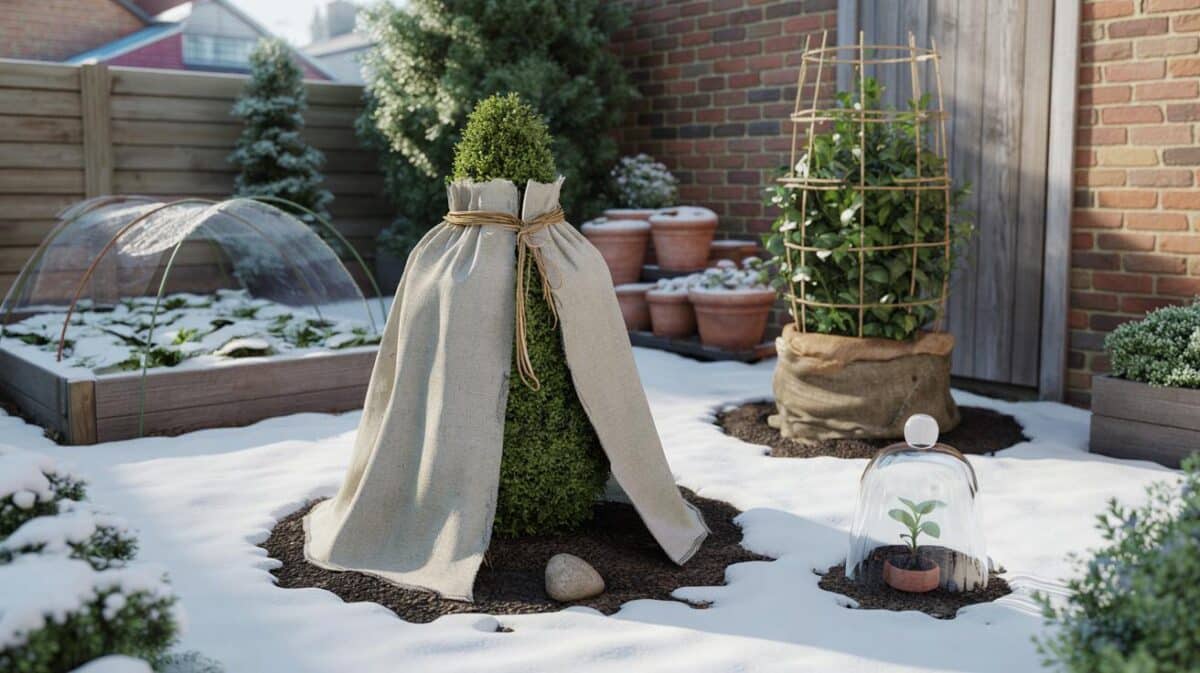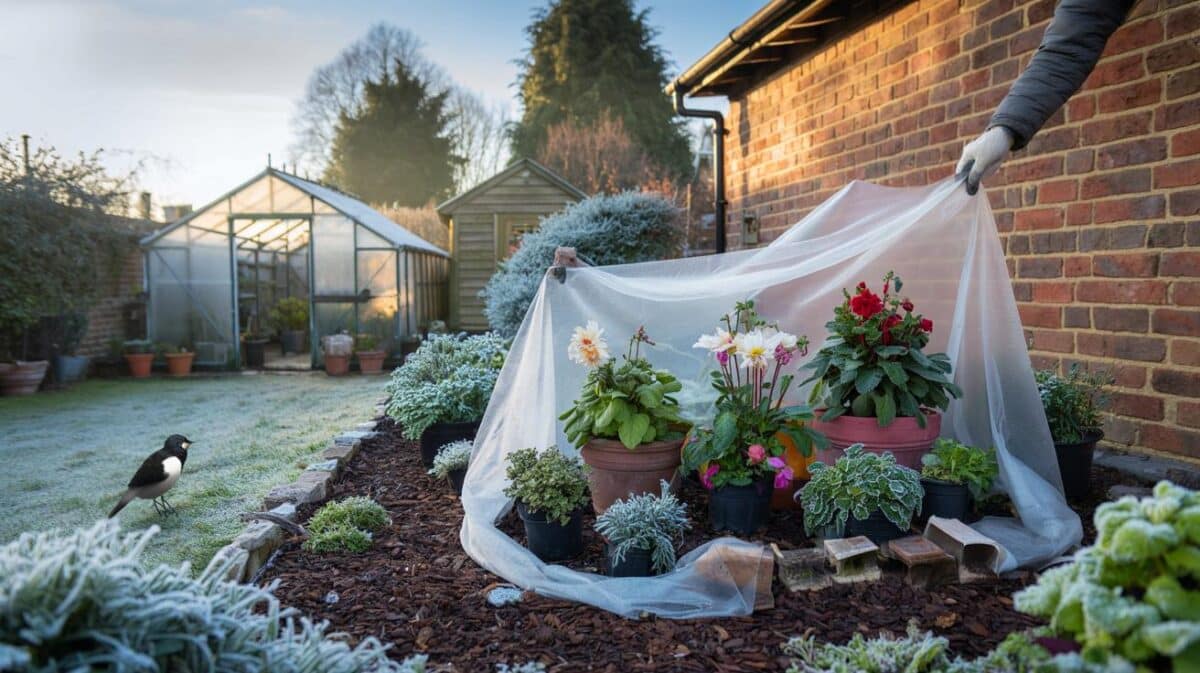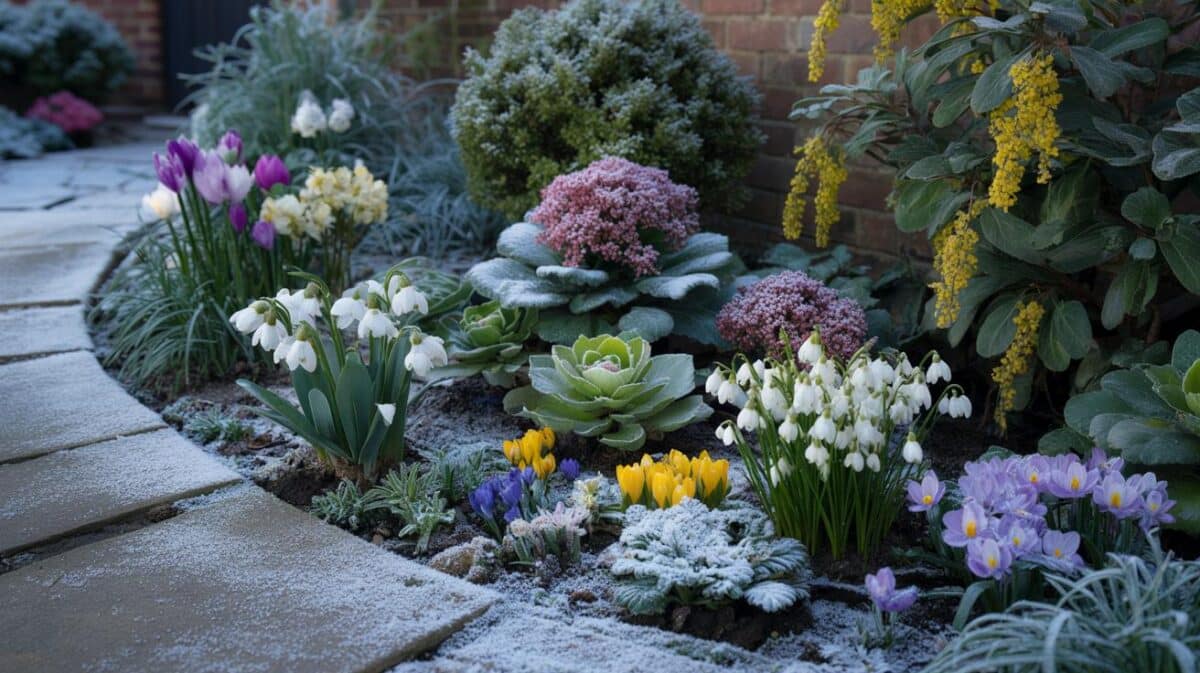A viral tip suggests the white stuff can help more than harm.
Across the UK, talk of wintry weather always sparks the same question for keen growers. Will snow scorch tender shoots or give beds a breather from biting frost. A video from TikTok creator Ish, known as gardening.with.ish, has put a fresh spin on the debate with clear, practical advice.
His verdict is not what many expect. Snow, he says, can act like a blanket for borders and lawns, while still calling for care with new growth and certain shrubs. The nuance matters.
The thermal trick of snow that quietly shields beds and perennials
Ish describes the counterintuitive benefit in simple terms. « Snow has an amazing thermal property that no one really expects from something that’s ice cold. » He goes on to explain the science behind that comfort.
« Because most snow is around that 90% to 95% air, it forms a really nice thick layer right above your beds and perennials, and actually works as a nice insulating property, which stops it from getting any damage from frost. So, that’s a win. » For British borders that sit exposed through long nights, that cushioned layer can be the difference between blackened tops and plants that glide through a cold spell.
It sounds odd at first. But gardeners who remember last year’s freeze will recall how a fine dusting preserved emerging crowns while icy winds elsewhere did the damage.
Moisture on the melt that wakes up tired lawns
There is a water story too. Ish said it is « amazing » how much moisture snow can offer your garden. Winter often feels damp, yet soils in many parts of the UK dry out in prolonged cold when winds and low humidity wick away surface water.
As a light cover melts, that steady trickle seeps through the root zone. On grass, the slow release can help open compacted surfaces and feed thirsty roots. Leave a neat layer on the lawn and you are more likely to step into spring with a « very healthy » sward, as Ish puts it.
It fits the experience of many turf lovers. Fast downpours run off. A gentle thaw lingers where it counts.
When snow turns risky for seedlings and evergreens
Not everything enjoys a flurry. Ish notes that the slight downside comes with brand new seedlings, especially those stored outdoors. Cold contact can shock young tissues that have not hardened off. His tip is simple and practical. If a squall arrives, scrape the snow away and move trays into a greenhouse or sheltered spot if you can.
There is another watchpoint. Heavy snowfall can bend or snap branches on certain plants, particularly evergreens that hold leaves and catch the weight. You may not need to intervene with every shrub, but delicate specimens benefit from a gentle brush to remove clumps before they sag.
Ish makes the balance clear in his own words. « Snow is actually better for the garden than you think! Here are a few gardening tips on how snow can help in the garden! Snow isnt always good, so make sure you keep newer shoots away from the col shock of the snow. » The message lands because it is both upbeat and precise.
Simple moves for UK gardeners before and after a snowfall
With forecasters hinting at more wintry spells through the season, small actions will help the benefits outweigh the risks. The video has already been viewed dozens of times since it was posted, which shows how many of us want clarity when flakes start to fall.
- Leave a light cover on beds and borders to act as an insulating layer, but gently brush off heavy build-up on fragile shrubs and evergreens.
- Clear snow from new seedlings and move them to a greenhouse or cold frame to avoid cold shock.
- Let a modest layer melt naturally over the lawn so the moisture seeps into soil rather than running off.
- Check after each burst of weather and repeat light brushing on plants that bend under the weight.
Gardeners often try to tidy everything the minute flakes stick. But a neat, even blanket can be your friend on established beds, especially where perennials sit just below the surface.
Timing matters too. If you wake to a thick cap on a young camellia or a rosemary that already leans, sweep it away before the midday sun refreezes melt water. That simple move can prevent small fractures that you wont notice until spring.
Plenty of us crave a neat plot all year. And yet the quiet lesson here is to let good snow do its quiet work while stepping in only where weight or tender growth makes trouble. It is a calm, British way to garden through winter without fuss, and it lines up with what many have seen on frosty mornings when borders tucked under white emerge fresher than the ones left bare.










Love this! I always thought snow would scorch my beds, but the blanket effect makes total sence. If we leave a light cover, do you also recommend mulching underneath or is that overkill? I’ve got perennials in a windy spot in Yorkshire. Thanks for the clear tips—moving seedlings to the greenhouse is a life-saver. 🙂